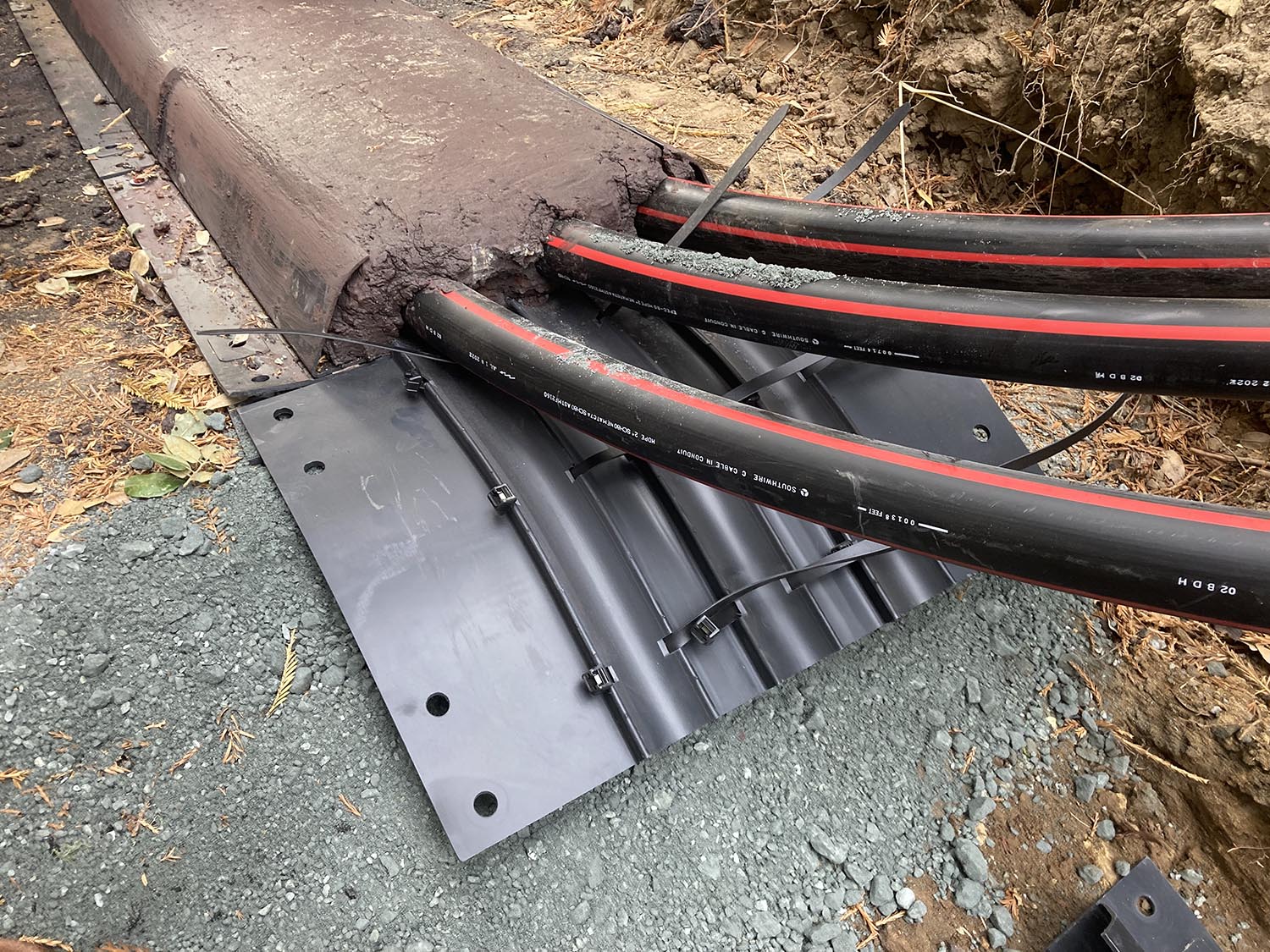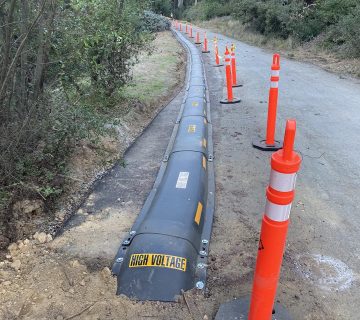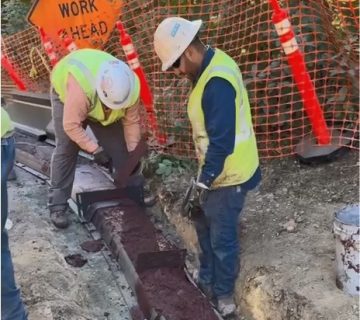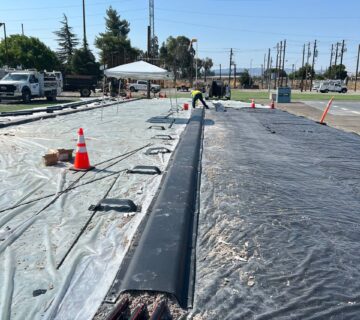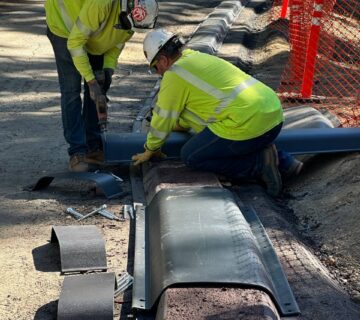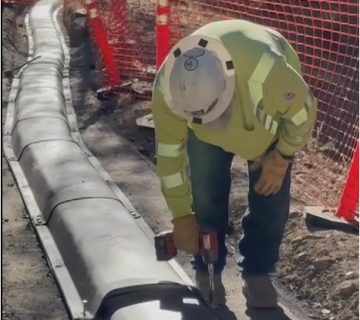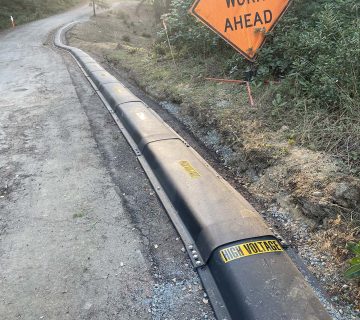In today’s rapidly evolving world, the demand for efficient and reliable electricity distribution is higher than ever. Traditional overhead power lines have long been the standard method for distributing electricity, but with the advancement of technology, new systems are being developed to enhance power distribution. One such system is the Ground Level Distribution System (GLDS), which is gaining popularity due to its efficiency, safety, and cost-effectiveness.
What is a Ground Level Distribution System (GLDS)?
GLDS refers to the method of distributing electrical power using transmission lines laid above ground at a lower height or buried in shallow ditches rather than on tall poles or deep underground. This innovative approach to power distribution provides an alternative to traditional overhead lines and fully underground cabling, balancing the benefits of both methods.
How GLDS Works
A Ground Level Distribution System operates by routing power through insulated cables positioned in protected conduits. These conduits can be placed in small trenches or laid just above the ground using specially designed enclosures. The system ensures that power is efficiently distributed while reducing exposure to environmental hazards such as extreme weather, tree interference, and accidental damage from high vehicles.
Advantages of GLDS
- Increased Safety
One of the key benefits of GLDS is enhanced safety. Unlike overhead power lines that pose a risk of electrocution or falling hazards, ground-level distribution minimizes direct exposure to high-voltage cables. This is especially beneficial in residential areas and commercial zones where public safety is a concern. - Improved Aesthetic Appeal
Overhead power lines can be an eyesore, particularly in urban and scenic areas. By utilizing a ground-level or shallow trench system, GLDS reduces visual clutter, helping maintain the natural beauty of an area while still ensuring efficient power distribution. - Reduced Weather-Related Damage
Severe weather conditions, including storms, high winds, and heavy snowfall, can damage overhead power lines, leading to costly outages and repairs. Since GLDS cables are closer to the ground or protected within trenches, they are less vulnerable to such weather-related issues, making them a more resilient option. - Lower Maintenance Costs
Maintaining overhead power lines can be expensive and time-consuming, as repairs often require specialized equipment and technicians working at significant heights. GLDS offers a more accessible infrastructure, making repairs and upgrades easier and less costly over time. - Enhanced Reliability
With a lower risk of power outages due to falling branches, accidents, or extreme weather, GLDS provides more consistent and reliable power delivery compared to traditional overhead systems.
Future of GLDS in Power Distribution
As urban development and energy demands continue to grow, GLDS is expected to play a larger role in modern power infrastructure. Many utility companies are exploring hybrid systems that combine elements of GLDS with underground and overhead networks to optimize efficiency, cost, and safety. Technological advancements, such as smart grids and automated monitoring systems, will further enhance the reliability and performance of ground-level power distribution.
Conclusion
Ground Level Distribution Systems (GLDS) represent a forward-thinking solution for power distribution, offering improved safety, reliability, and aesthetics compared to traditional overhead lines. While challenges exist, advancements in technology and increasing demand for resilient power infrastructure make GLDS an attractive option for the future. As cities and utility providers look for innovative ways to enhance electrical distribution, GLDS is poised to become a key component of modern energy systems.

